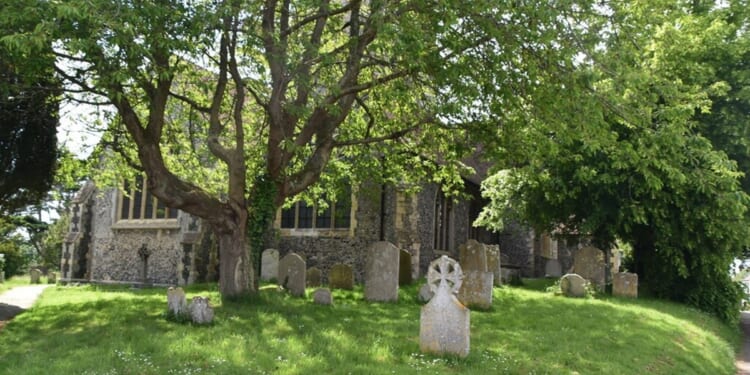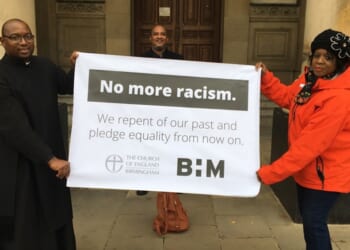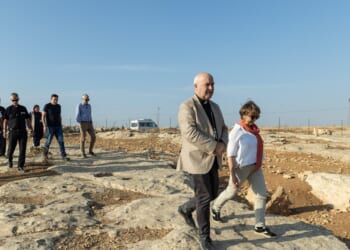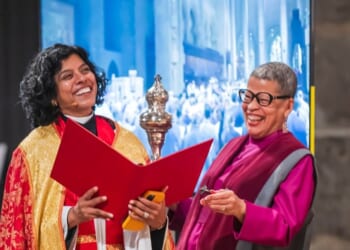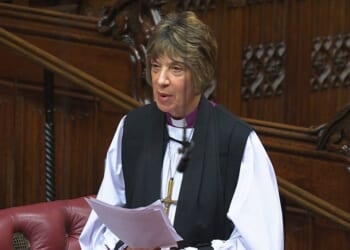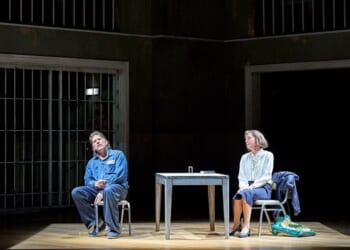A FACULTY for exhumation and reburial in a different plot in the same churchyard has been granted in the diocese of Canterbury. The Commissary Court ruled that the emotional distress caused to David John Woods’s family by his being interred in a plot alongside an individual who, they allege, had financially abused and exploited them justified a departure from the presumption of the permanence of Christian burial.
Mr Woods was buried in February 2024 in the churchyard of St Nicholas’s, Ash, where his widow had bought a double plot, so that she could be buried there alongside him in due course.
She subsequently found that the burial place was immediately alongside another individual, identified only as X, who died around the same time as her husband.
Mrs Woods made the petition for exhumation and reburial, alleging that X had financially abused and exploited their daughter many years ago, causing distress to their family, and that Mr Woods had spent many years paying off the debts incurred as a result of X’s conduct.
She said that X’s conduct “nearly broke” her husband, and that he would have been seriously upset had he known that he would come to be buried alongside X. She said that she found the proximity abhorrent and could not accept that she, too, would come to rest there. This was a matter of serious distress to her and was impeding the family’s grieving and healing. They mostly visited the grave after dark, she said, because, in daylight, the presence of X’s grave was more noticeable and distressing.
The incumbent, the Revd Caroline Turvey, was not supportive of the petition. She said that, had the clergy known about the Woods family’s feeling towards X at the time of Mr Woods’s burial, X would not have been interred beside him. She also pointed out that only a small proportion of the churchyard was available for burial. Therefore, even if Mr Woods were to be exhumed and reinterred in the same churchyard, he would still be buried near to, though not immediately alongside, X. She said that the presumption of the permanence of Christian burial should not be displaced in this case.
The Woods family acknowledged the presumption of the permanence of Christian burial, but emphasised the importance of being able to rest in peace. They felt strongly that the plots’ being immediately adjacent to each other was pivotal, and that any greater distance between the two would suffice to resolve their concerns.
The Commissary General, Robin Hopkins, said that the law was clear that Christian burial was to be treated as final, so that exhumation would be permitted only in exceptional cases. The issue was whether the exceptionality threshold was met. The Woods family’s “grieving and their ability to be at peace . . . [were] impeded by the status quo”, he said. While this might not “amount to a serious psychiatric or psychological problem in the medical sense”, weight was given to the “impact of the status quo” on the family’s well-being.
Mr Woods would have been very upset had he had foreseen what would happen and “would not have approached his death with a sense of peace”, the Commissary General said. Another crucial factor was Mrs Woods’s intention of being in the same plot. The status quo left her in the exceptionally difficult position of “either being buried next to X or being buried separately from her husband”.
The judge emphasised that what had happened was “not the fault of the clergy or anyone else involved — it [was] an unfortunate accident of circumstance”.
The court was satisfied — “albeit by a relatively narrow margin” — that the exceptionality threshold was met in this case, although the decision was “highly fact-specific and should not be interpreted as setting a precedent”.

